
Are you tirelessly churning out blogs for SEO but still not seeing the needle move on your website traffic? Search engine optimization (SEO) often feels like a mysterious art form, keeping content creators in constant search of its secrets. Unraveling the enigma of blogs for SEO is critical for bloggers who aim to make an impact online.
SEO is essential for online content, deciding if your work shows up on the first page of search results or gets buried. Bloggers need to understand the nuances of SEO to enlighten and engage their chosen audience. To rise above the noise, they must not only produce quality content but also master the strategies that help search engines find and favor their blogs.
In this article, we’ll explore how often you should blog for better SEO. We’ll look at how blogging and search rankings work together, and share practical tips to get more people to find your website naturally. By the end, you’ll know how to use your blog to stand out and become a trusted voice online.

Search Engine Optimization (SEO) is the art and science of enhancing the visibility of websites and their content on search engines like Google, Bing, and Yahoo. SEO involves optimizing various elements of a website — including its technical setup, on-page content, and external factors such as backlinks — to increase its appeal to search engine algorithms. The goal is to rank higher in the search engine results pages (SERPs) for relevant queries or search terms, making it more likely that users will click through to the content.
For bloggers, SEO is crucial because it directly affects the amount of organic traffic their blog receives. Organic traffic refers to visitors who find a blog through unpaid search results, as opposed to through paid advertising or other channels. By aligning blog content with the interests and search queries of a target audience, bloggers can dramatically increase their visibility and attract more readers.
Bloggers who focus on producing high-quality content that resonates with their reader’s interests, and who consistently apply SEO best practices are more likely to succeed online. This not only helps them show up higher in search results, but it also helps them gain loyal readers over time.

Blogging has become a key part of SEO strategies for businesses in many different areas. Blogs let you create and share content that can be made better for search engines, which helps your website do well in search results. This involves using the right keywords, adding links, and following search engine rules to get noticed in searches.
Blogs are great for SEO because they are always changing. You can keep adding new, useful content, which search engines like. Regular updates show search engines that your website is active and important, making it more trustworthy. With blogs, you can also write about many different topics, including specific questions that people might ask, which you might not cover on your main pages. This variety of content means more people can find you.
Search engines like websites that are easy to use and have good content. Well-organized blogs with interesting information keep people on your site longer and make them less likely to leave quickly, which tells search engines that your content is good. This can help you get higher rankings and more people finding your website naturally, which is often the main goal of SEO.
Blogging helps your website’s SEO in a few key ways. First, it lets you use more different search terms that your audience might be looking for, like specific questions or niche topics. This means your site can show up in more search results.
Second, blogging helps you create really good content that keeps people on your site longer. This shows search engines that your site is helpful and worth ranking higher.
Third, blogs let you link different parts of your website together. This helps people move around your site more easily and helps search engines find all your content.
Lastly, when your blog posts are really good, other websites might link to them. This is like getting a vote of confidence, and it helps search engines see your site as more trustworthy.
Consistency in blog content plays a vital role in maintaining and improving SEO performance. Regular posting schedules ensure that there is always fresh content for search engines to index, which can lead to more frequent crawling of your site. An active blog sends positive signals to search engine algorithms, which may increase the site’s visibility and rankings over time.
Posting regularly also helps to establish your brand as an expert in your field. It builds a loyal audience who keep coming back for more helpful information.
Finally, a consistently updated blog allows you to take advantage of seasonal trends and popular topics, attracting even more visitors to your website and helping you stay competitive online.
Blogging can help your website rank higher in search engine results. This is because blogs use words and phrases people search for, which helps search engines understand what your website is about. But it’s important to use these keywords naturally, not just stuff them in everywhere.
The structure of your blog also matters. Writing good descriptions with keywords, clear titles, and using headings to organize your content helps both people and search engines understand your blog posts.
Blogs also benefit from comments and discussions, which add more information and keywords to your site. All of this combined makes your website a better resource for people searching for information.
Overall, blogging is a great way to improve your website’s ranking, get more visitors, and grow your online presence. It’s a valuable part of any plan to make your website easier to find and more popular.
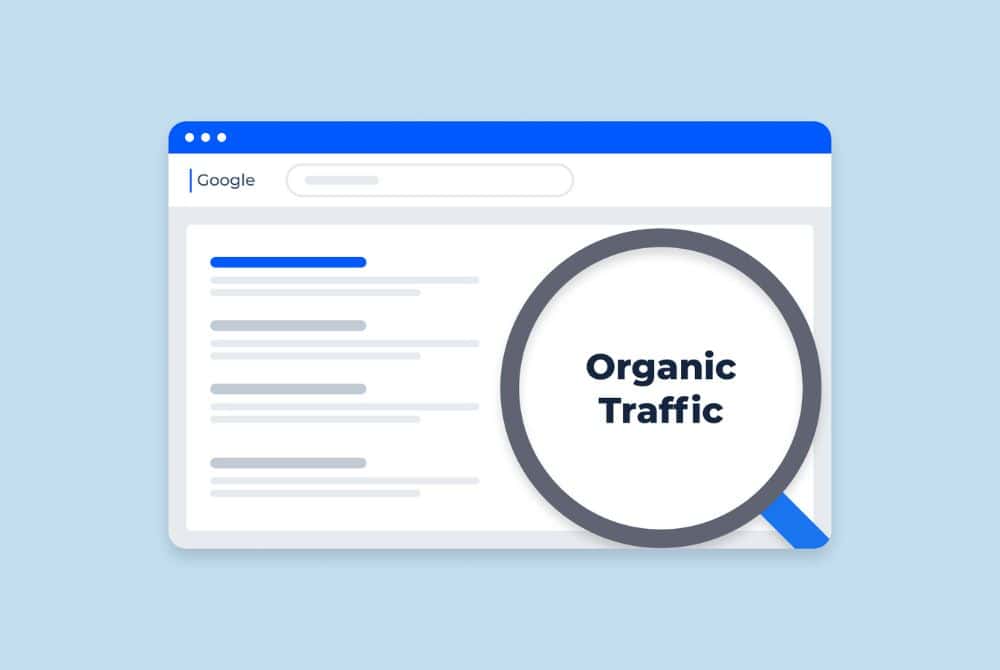
Creating smart blog content is a major way to boost your website’s visibility online. By regularly posting good quality articles, businesses give search engines more pages to show to potential customers. This can really improve how often your website shows up in search results and get you more visitors. Blog posts can also cover lots of different search terms, helping you connect with a wider audience. Overall, blogs are a great way to make content that’s both helpful to people and good for SEO.
Increasing organic traffic through consistent blogging is a key SEO strategy. Each new post increases your website’s visibility in search engine results pages (SERPs), attracting users searching for relevant information. The more quality content you index, the higher your site can rank, leading to increased organic traffic. This is supported by Google Analytics data, often showing a correlation between indexed pages and website traffic.
Creating diverse blog content allows you to cater to a wider audience, addressing their varied interests and needs. By covering a range of topics, you can engage different segments of your target audience and attract users who might not have found you otherwise. Incorporating long-tail keywords and addressing specific user queries can help you tap into niche markets with less competition but highly motivated traffic.
Consistently producing high-quality, informative blog posts establishes your website as an authority in your industry. This not only builds trust with your audience but also signals to search engines that your site is a valuable resource, potentially leading to higher rankings. By sharing in-depth analyses, expert tips, or industry news, you further solidify your credibility and encourage users to return for more. This authority also makes it more likely that other reputable websites will link to your content, boosting your site’s overall SEO performance.
When writing blogs for SEO, several key considerations ensure your content’s success. First, understanding your target audience is paramount. Identifying their interests, search habits, and content preferences helps tailor your blog strategy. Comprehensive keyword research is equally vital, revealing the terms and topics your audience searches for. Creating high-quality, valuable content is non-negotiable, as it satisfies user intent and signals quality to search engines. Finally, optimizing your blog post for search engines includes strategically incorporating keywords, internal and external links, and attending to on-page SEO elements.

To create effective blog content that attracts the right audience and ranks well in search engines, you first need to know your target audience inside out. Start by collecting demographic data like age, gender, location, and interests. This information will help you tailor your blog posts to their specific needs and preferences. Dive deeper by identifying their pain points, challenges, and frequently asked questions. By addressing these concerns in your blog posts, you’ll create content that resonates with your audience on a personal level and offers them valuable solutions.
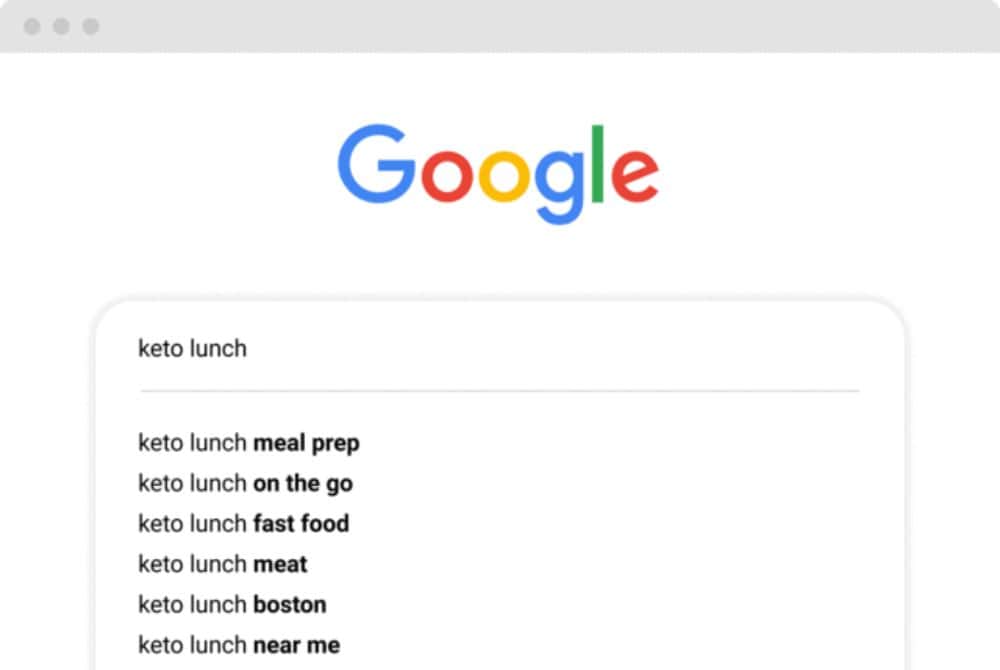
Keyword research is a crucial step in ensuring your blog content reaches the right people. Tools like Google Keyword Planner or SEMrush can help you identify relevant search terms, including long-tail keywords that are more specific and less competitive. Pay attention to search volume (how often people search for a term) and search engine algorithms to understand what people are looking for and tailor your blog topics accordingly. This strategic approach increases your chances of appearing in relevant search results and attracting organic traffic.

High-quality content is the backbone of a successful SEO strategy. Your blog posts should not only be informative and well-researched but also engaging and well-written. Aim to provide clear value to your readers by answering their questions, solving their problems, or offering unique insights that they can’t find elsewhere. Consider creating how-to guides, tutorials, or data-driven analyses to showcase your expertise and stand out in your industry. Additionally, ensure that your content is easy to read and understand by following writing best practices.
Content optimization for search engines involves strategically incorporating relevant keywords throughout your blog posts, including in titles, headers, and throughout the body of the text.
However, avoid keyword stuffing, as it can negatively impact your rankings. Write compelling meta descriptions that accurately summarize your content and entice users to click through from search results. Utilize internal links to connect related content within your website and external links to reputable sources to enhance the credibility and authority of your content.

Seamlessly weave relevant keywords into your blog post titles, headers (H2, H3, etc.), and throughout the body of your content. Avoid keyword stuffing, which can harm your SEO efforts. Instead, focus on natural placement that enhances readability and aligns with the context of your writing.
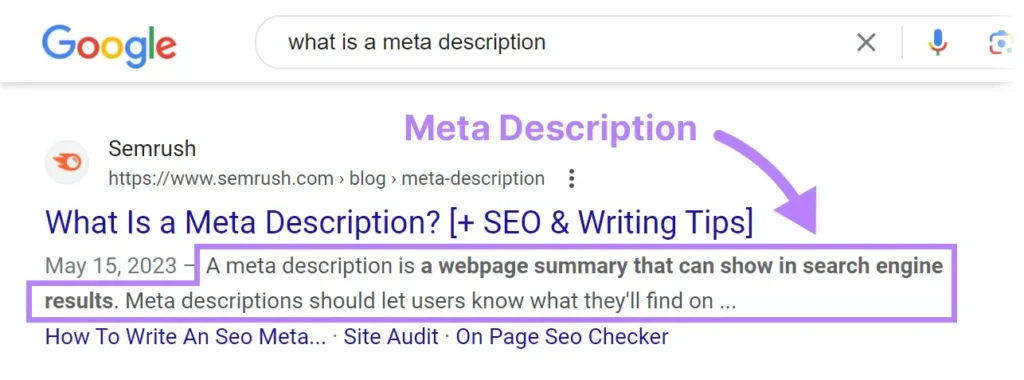
Meta descriptions are concise snippets of text that appear in search results. Make them compelling and informative, accurately summarizing your blog post’s content while incorporating target keywords. A well-crafted meta description can significantly improve click-through rates from search engine results pages (SERPs).
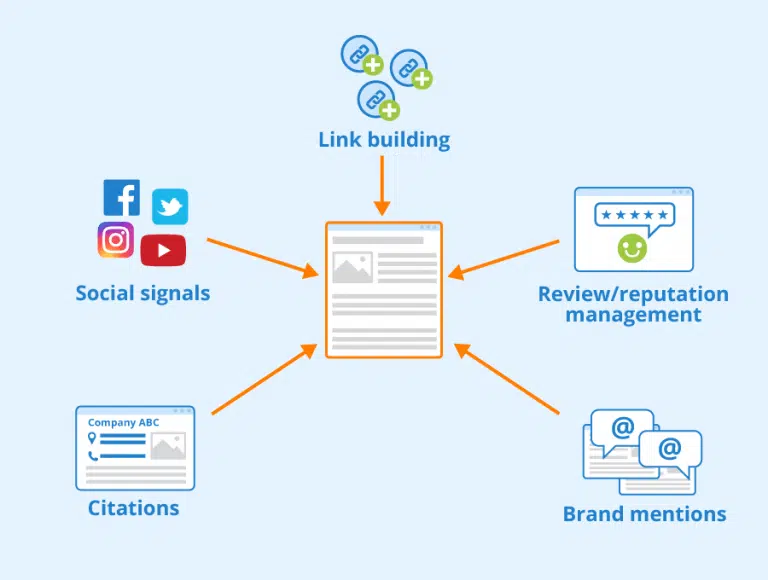
Integrate both internal and external links within your blog posts. Internal links connect relevant content within your website, guiding readers to other valuable resources and improving your site’s overall structure for both users and search engines. External links to authoritative sources bolster your content’s credibility, demonstrating your expertise and providing further reading for your audience.
By taking into consideration these factors and implementing them into your blogging strategy, you are setting a solid foundation for improved SEO performance which will ultimately lead to increased organic traffic and engagement on your website.
Blogging offers a multitude of benefits for search engine optimization. By consistently publishing high-quality content, you increase your website’s digital footprint, allowing search engines to index more pages that potential customers may find valuable. This regular stream of content can significantly boost your website’s visibility and search engine ranking, resulting in increased organic traffic. Additionally, blog posts can cater to a wide range of search queries, from broad topics to specific long-tail keywords, ensuring that your content reaches a diverse audience.
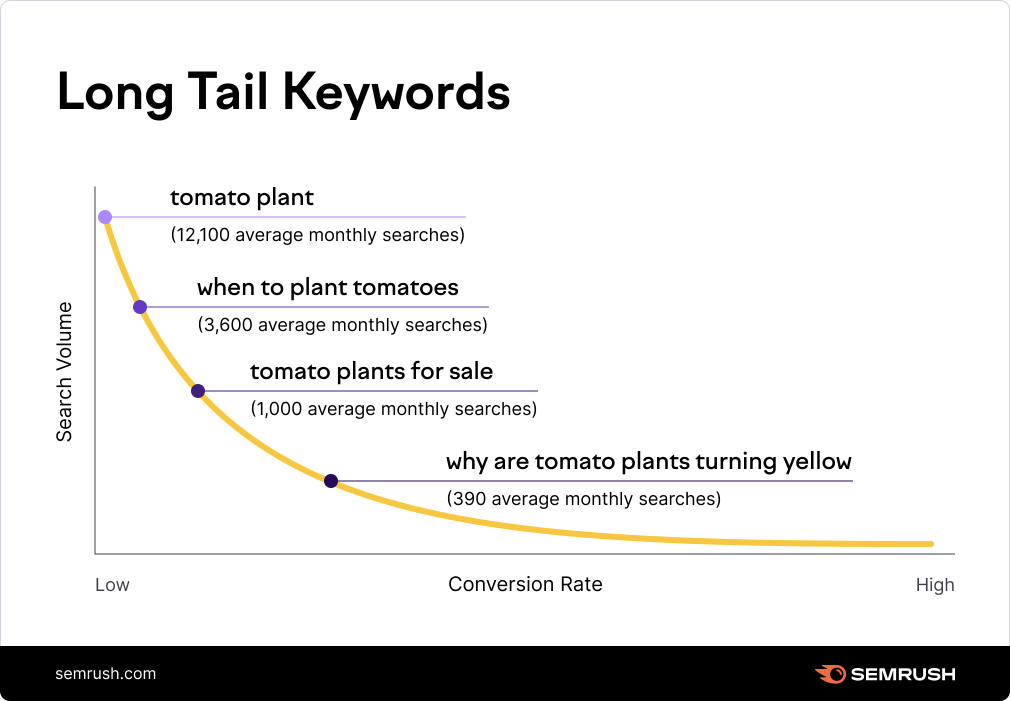
Long-tail keywords, which are more specific and often longer than generic keywords, can be highly effective in attracting targeted traffic to your blog. These keywords typically have lower search volume but higher conversion potential, as they align more closely with user intent. By incorporating long-tail keywords into your content, you can effectively target niche audiences and answer specific queries, ultimately improving your website’s ranking for those relevant searches.
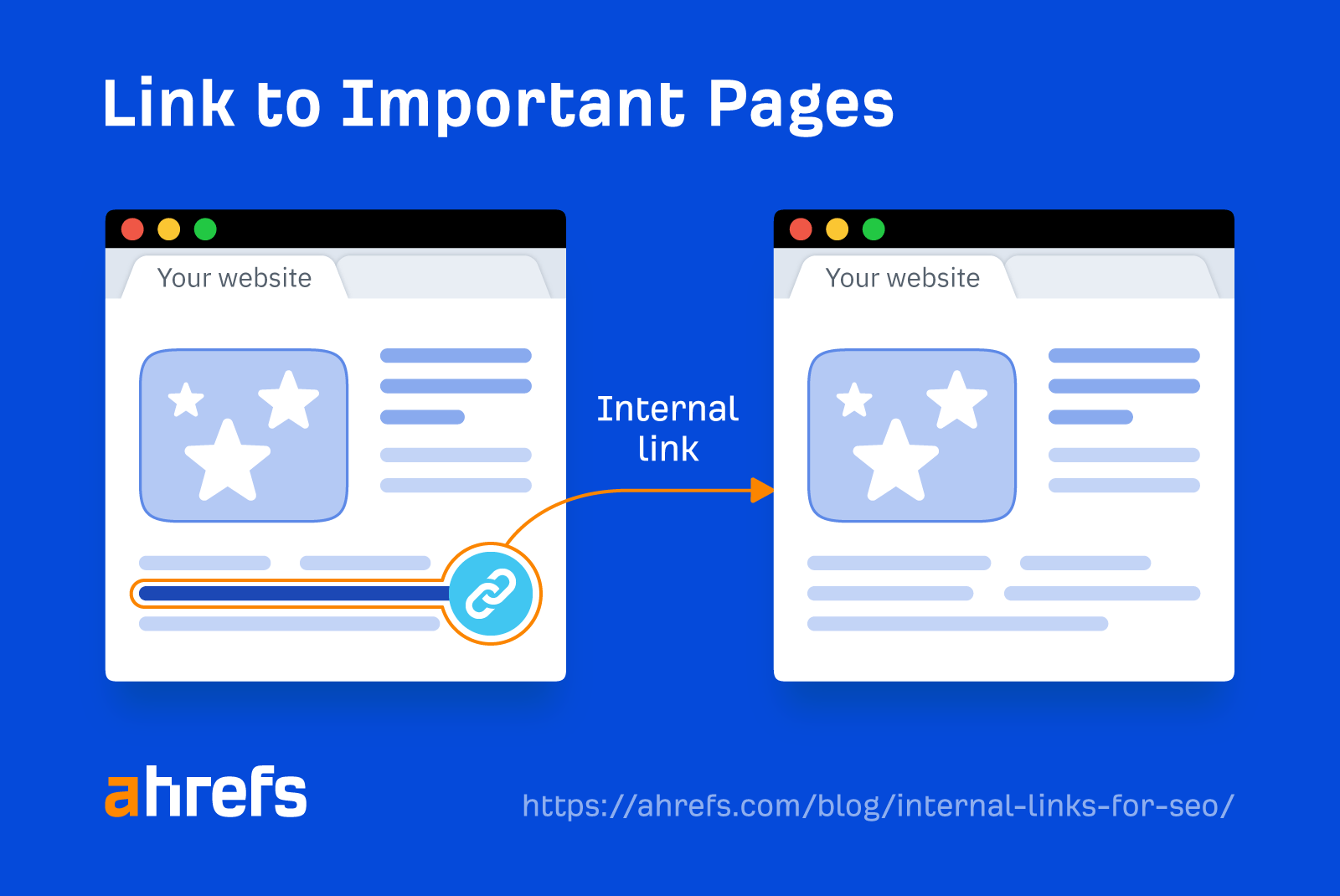
Internal linking involves connecting different pages or blog posts within your website. This practice serves multiple purposes for SEO. Firstly, it creates a clear and organized structure for your website, making it easier for both users and search engines to navigate and understand your content. Secondly, internal links distribute link authority throughout your website, boosting the visibility and ranking potential of less prominent pages. Ensure that your internal links are contextually relevant and provide additional value to the reader.
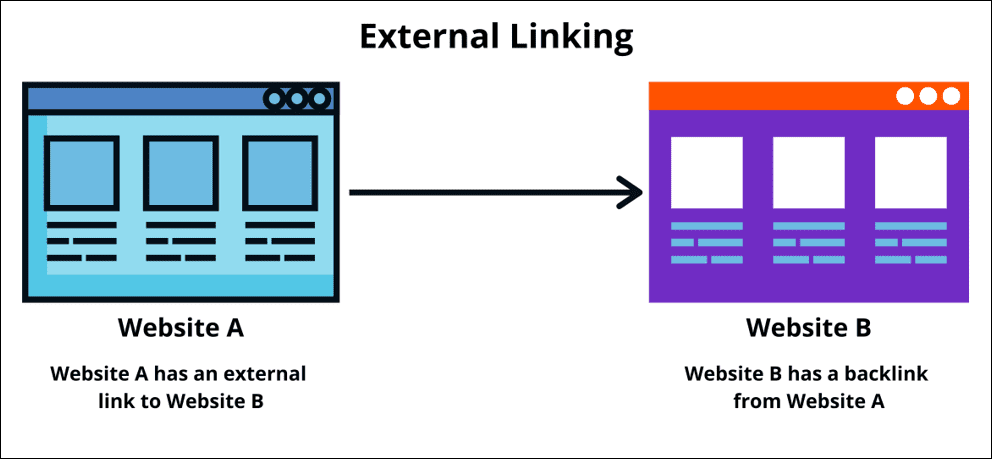
External linking refers to linking out to other authoritative and relevant websites within your blog posts. Search engines, such as Google, view external links as a signal of trust and quality, indicating that your content is well-researched and credible. By linking to reputable sources, you not only enhance your own credibility but also provide your readers with valuable resources and a better overall user experience.
Images play a crucial role in blog posts, enhancing the visual appeal and engagement of your content. However, they also impact your website’s SEO. Image optimization involves optimizing image file sizes and formats for faster page loading speeds and using descriptive file names and alt text that include relevant keywords. These practices not only improve user experience but also make your images more discoverable in image searches, driving additional traffic to your website.
By diligently applying these strategies to every aspect of your blog—from how you harness long-tail keywords and structure internal and external links, to the way you optimize images—you create a powerhouse of content primed for SEO success.
It’s not enough to just write blog posts for SEO; you need to track how well they’re working. Tools like Google Analytics give you detailed information on how people find and use your blog, including which keywords they search for, how long they stay on your site, and whether they take any actions you want them to, like signing up for a newsletter or buying something.
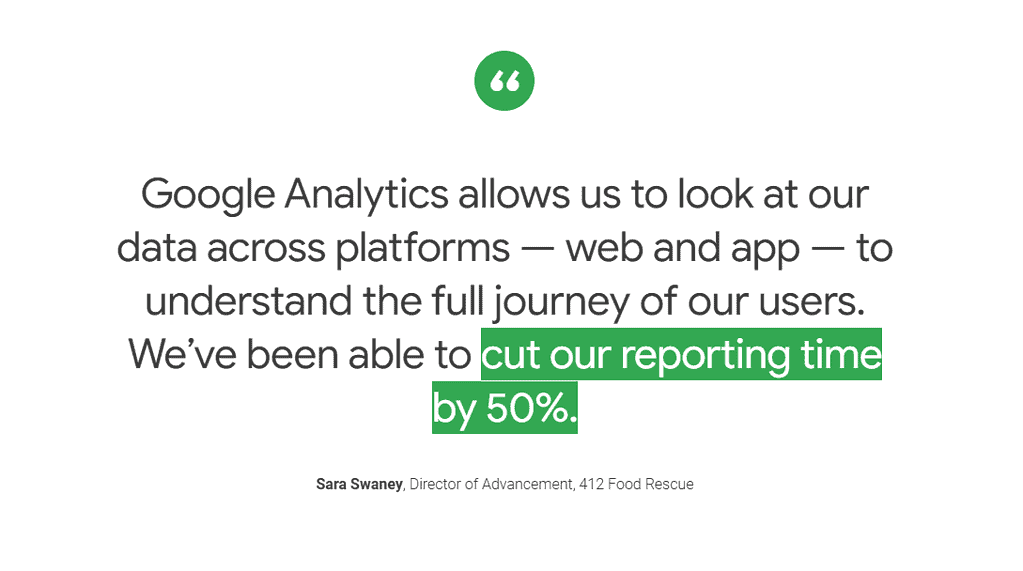
Google Analytics is a powerful tool to see how much traffic your blog gets from search engines without paying for ads. It tells you how many people visit your blog, how long they stay, and what they do while they’re there. To track specific goals, like getting people to sign up for your email list, you can set up “goals” in Google Analytics. Some key things to look at are:
Looking at these numbers helps you see if your content is attracting and keeping people interested.

To understand how visible your blog is in search engines, you need to track where it shows up for your target keywords. Tools like Google Search Console, SEMrush, or Ahrefs can help. They show you:
Regularly tracking these metrics can help you see if your SEO strategy is working and where you can improve.
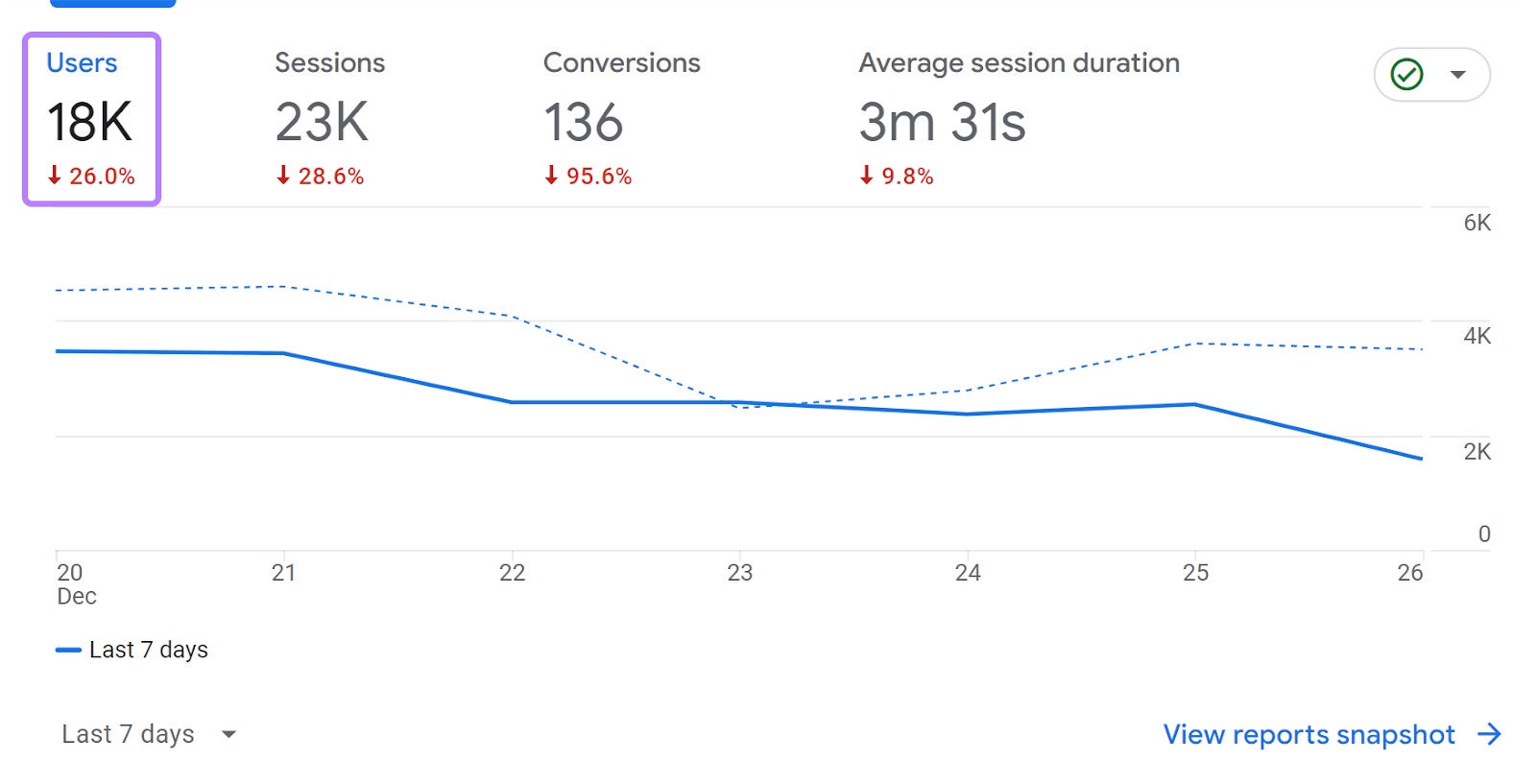
Engagement metrics show how people interact with your blog content, and conversion rates show how many take actions you want them to take. Google Analytics can help you see:
By looking at how people behave on your site, you can figure out which content is most effective and what changes you need to make.
Blogging is a powerful tool for improving your website’s search engine ranking and attracting more visitors. Regularly publishing high-quality content that aligns with your audience’s interests and search terms will help you achieve your SEO goals. Remember, the focus should always be on creating valuable content that provides a positive user experience.
By following these strategies and consistently producing high-quality content, you can effectively leverage blogging to enhance your website’s SEO performance and achieve your business goals.